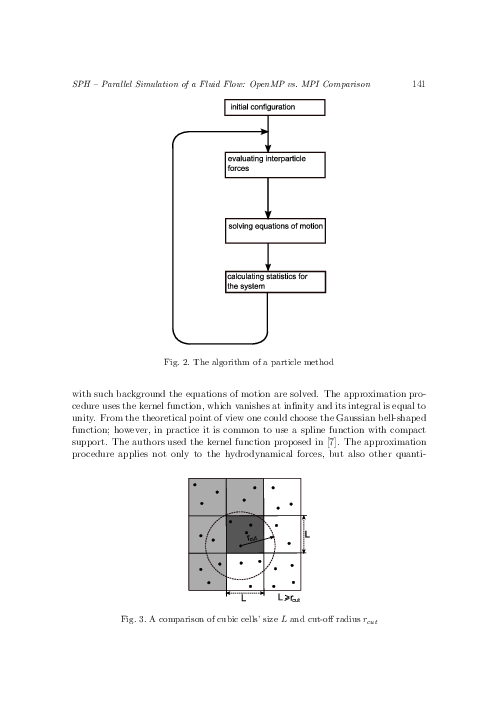

Variational principles, underpinned by strong physical reasoning. The book is built on careful development of theory from Lagrangian, statistical and "This is an unconventional, deep and broad-ranging treatment of mathematical fluid mechanics, leading to the development of SPH for complex engineering applications involving turbulent free-surface flow. "synopsis" may belong to another edition of this title. It will inspire the reader with a feeling of unity, answering many questions without any detrimental formalism. This book is intended for scientists, doctoral students, teachers, and engineers, who want to enjoy a rather unified approach to the theoretical bases of Hydraulics or who want to improve their skills using the SPH method. It should serve as a rigorous introduction to SPH and a reference for fundamental mathematical fluid dynamics. Applications to schematic instances are discussed, and, ultimately, practical applications to the dimensioning of coastal and fluvial structures are considered.ĭespite the rapid growth in the SPH field, this book is the first to present the method in a comprehensive way for fluids. Various numerical schemes are compared, permanently referring to the physics as dealt with in the first part. The second part discloses the bases of the SPH Lagrangian numerical method from the continuous equations, as well as from discrete variational principles, setting out the method's specific properties of conservativity and invariance. The continua are discussed, and a fairly exhaustive account of turbulence is given. The specific laws governing a system of macroscopic particles are built, before large systems involving dissipative processes are explained. The first one, dealing with the fundamentals of Hydraulics, is based on the elementary principles of Lagrangian and Hamiltonian Mechanics. It comprises two parts that refer to each other. This book presents the SPH method (Smoothed-Particle Hydrodynamics) for fluid modelling from a theoretical and applied viewpoint.


 0 kommentar(er)
0 kommentar(er)
